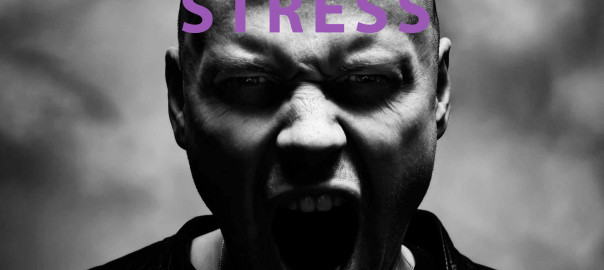Stress – Health and Clinical Psychology Subsection
Stress is the second subsection that we will be looking at from the Health and Clinical unit from OCR A2 Psychology.
There are three sub-sections within stress which we look at:
- Causes of Stress
- Measuring Stress
- Managing Stress
As the name suggests, we will be looking at stress, but what is stress?
Video on stress:
According to Lazarus and Folkman (1984) Stress is a ‘A pattern of negative physiological states and psychological responses occurring in situations where people percieve threats to their well-being which they may not be able to meet.’
The perceived threat is known as stressor and can be anything from a crocodile to a phone call. Many stressors are subjective what causes one person stress, may not cause another person stress.
According to evolutionary psychologists stress is an atavistic response, which was key to our survival.
When you encounter a percieved stressor, several things happen physiologically
- Increased heart rate and blood pressure
- Release of Cortisol and Epinephrine
- The person’s digestion stops
- Breathing increases
- Pupils dilate
- Hairs stand on end, further suggesting that stress is an atavistic response as we are no longer covered in hair.
- Galvanic Skin Response which is the skins conductivity
On top of the physiological responses there are a number psychological responses, firstly short term responses:
- Insomnia
- Depression
- Anger
and the potential long term effects
- Lowered immunity
- Coronary Heart Disease
- Depression

